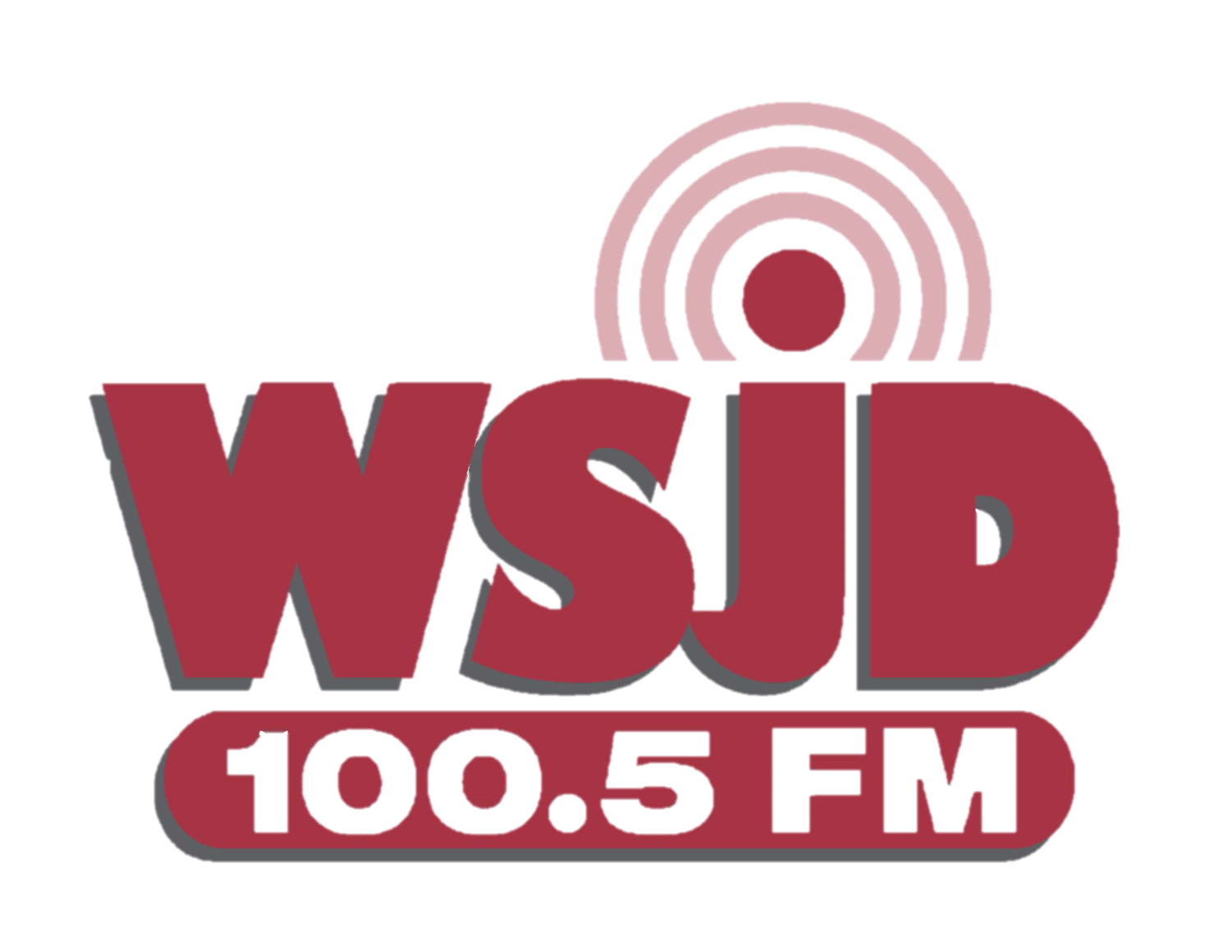The Illinois Department of Employment Security (IDES) announced today that the unemployment rate fell -2.0 percentage points to 15.2 percent, while nonfarm payrolls added +62,200 jobs in May, based on preliminary data provided by the U.S. Bureau of Labor Statistics (BLS) and released by IDES. The April monthly change in payrolls was revised from the preliminary report from -762,200 to -738,600 jobs. The April unemployment rate was also revised from the preliminary report, from 16.4 percent to 17.2 percent, as a result of large monthly revisions to unemployed and employed in April.
The May payroll jobs estimate, and unemployment rate, reflects activity for the week including the 12th. The BLS has published for the May payroll jobs and the unemployment rate.
The state’s unemployment rate was +1.9 percentage points higher than the national unemployment rate reported for May, which was 13.3 percent, down -1.4 percentage points from the previous month. The Illinois unemployment rate was up +11.1 percentage points from a year ago when it was 4.1 percent.
The three-month average Illinois payroll employment estimate was down -245,800 jobs during the March to May three-month period, compared to the February to April three-month period. The largest average declines were found in Leisure and Hospitality (-95,700), Trade, Transportation and Utilities (-33,600) and Educational and Health Services (-30,000).
“As we continue to grapple with the unprecedented impact of the COVID-19 pandemic, we remain committed to safely reopening the state to begin economic recovery,” said Deputy Governor Dan Hynes. “We remain focused on providing working families and small businesses the tools necessary for recovery as we move through each phase of the Restore Illinois plan.”
“While unemployment is trending in the right direction, the Pritzker administration continues to take bold actions designed to support Illinois businesses and residents displaced by the unprecedented global health crisis,” said Michael Negron, Acting Director of the Department of Commerce and Economic Opportunity. “Our strategy to encourage social distancing and important investments in expanding testing and contact tracing will enable businesses to safely reopen, bringing staffing levels back up, returning Illinoisans to work, and giving our economy the reboot it needs."
Compared to a year ago, nonfarm payroll employment decreased by -737,900 jobs, with losses across nearly all major industries. The industry groups with the largest jobs decreases were: Leisure and Hospitality (-285,200), Trade, Transportation and Utilities (-102,100) and Professional and Business Services (-96,100). Illinois nonfarm payrolls were down -12.1 percent over-the-year as compared to the nation’s -11.7 percent over-the-year decline in May.
The number of unemployed workers fell sharply from the prior month, a -9.1 percent decrease to 955,100 but was up +261.0 percent over the same month for the prior year. The labor force was up +2.7 percent over-the-month and down -2.5 percent over-the-year. The unemployment rate identifies those individuals who are out of work and seeking employment. An individual who exhausts or is ineligible for benefits is still reflected in the unemployment rate if they actively seek work.
IDES maintains the state’s largest job search engine, Illinois Job Link (IJL), to help connect jobseekers to employers who are hiring, which recently showed 192,804 posted resumes with 58,267 jobs available.


